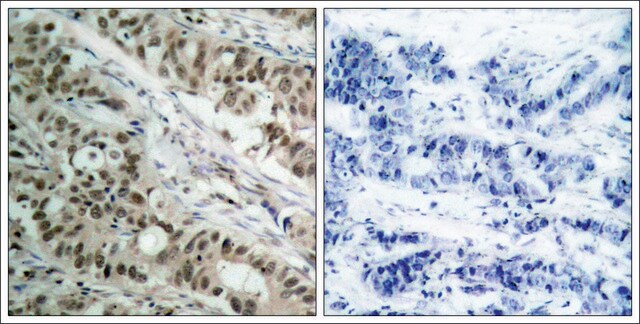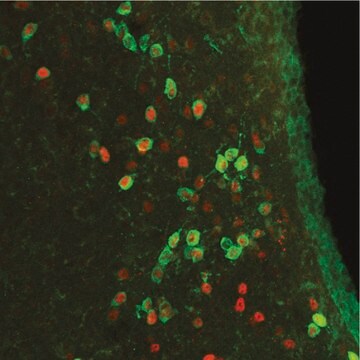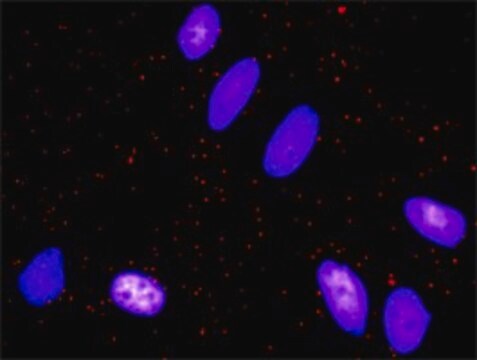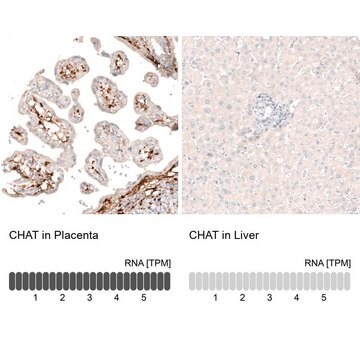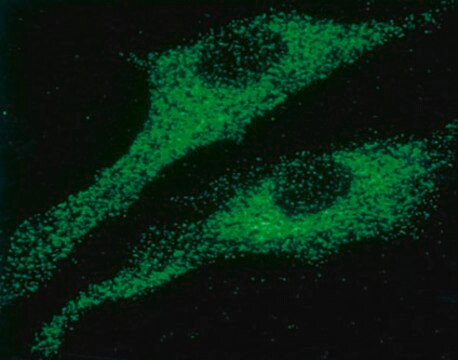SAB2502116
Anti-c-Fos Antibody
goat polyclonal
Sinónimos:
AP-1, C-FOS, FBJ murine osteosarcoma viral (v-fos) oncogene homolog (oncogene FOS), FBJ murine osteosarcoma viral oncogene homolog, p55
About This Item
Productos recomendados
Nombre del producto
Anti-FOS antibody produced in goat, affinity isolated antibody, buffered aqueous solution
origen biológico
goat
Nivel de calidad
conjugado
unconjugated
forma del anticuerpo
affinity isolated antibody
tipo de anticuerpo
primary antibodies
clon
polyclonal
Formulario
buffered aqueous solution
reactividad de especies
pig, human, bovine, canine, cat
técnicas
immunofluorescence: suitable
immunohistochemistry: suitable
indirect ELISA: suitable
Nº de acceso UniProt
Condiciones de envío
wet ice
temp. de almacenamiento
−20°C
modificación del objetivo postraduccional
unmodified
Información sobre el gen
human ... FOS(2353)
Inmunógeno
Características y beneficios
Forma física
Cláusula de descargo de responsabilidad
¿No encuentra el producto adecuado?
Pruebe nuestro Herramienta de selección de productos.
Opcional
Código de clase de almacenamiento
10 - Combustible liquids
Clase de riesgo para el agua (WGK)
WGK 2
Punto de inflamabilidad (°F)
Not applicable
Punto de inflamabilidad (°C)
Not applicable
Elija entre una de las versiones más recientes:
Certificados de análisis (COA)
¿No ve la versión correcta?
Si necesita una versión concreta, puede buscar un certificado específico por el número de lote.
¿Ya tiene este producto?
Encuentre la documentación para los productos que ha comprado recientemente en la Biblioteca de documentos.
Global Trade Item Number
| Número de referencia del producto (SKU) | GTIN |
|---|---|
| SAB2502116-100UG | 4061837688065 |
Nuestro equipo de científicos tiene experiencia en todas las áreas de investigación: Ciencias de la vida, Ciencia de los materiales, Síntesis química, Cromatografía, Analítica y muchas otras.
Póngase en contacto con el Servicio técnico



